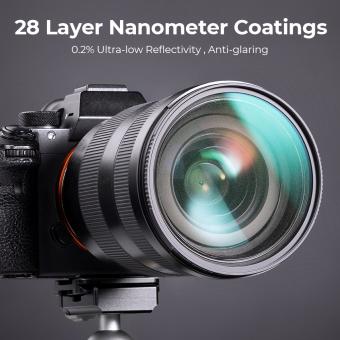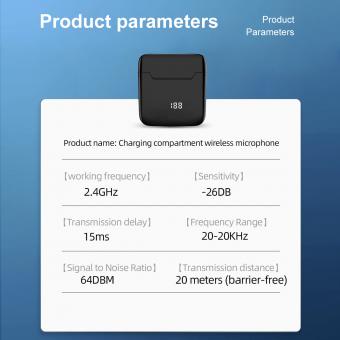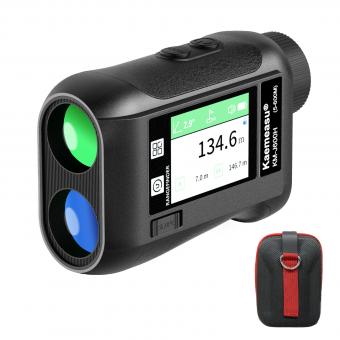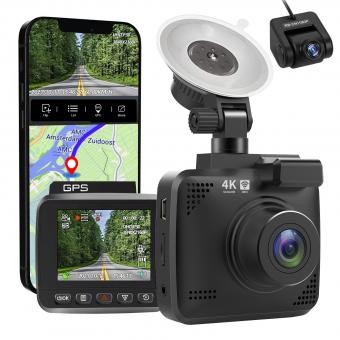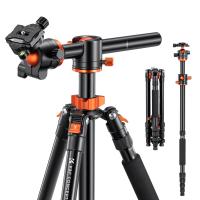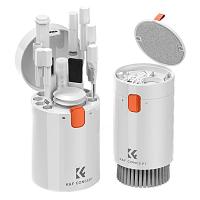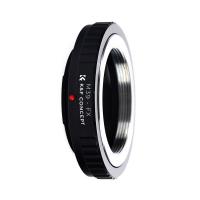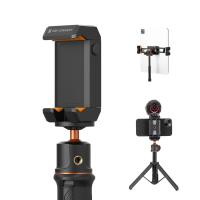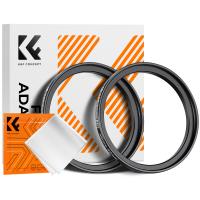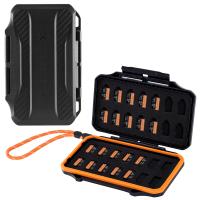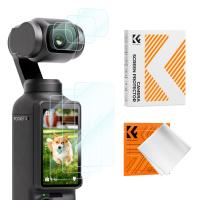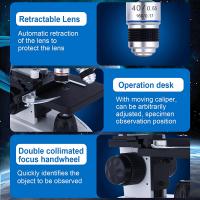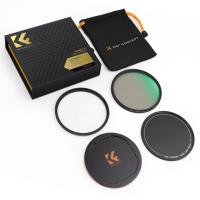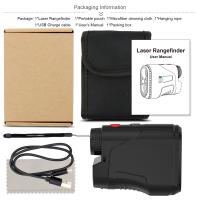How To Get Blurred Background With Digital Camera ?
To get a blurred background with a digital camera, you can use a technique called "depth of field." This involves adjusting the aperture of your camera to create a shallow depth of field, which will blur the background while keeping the subject in focus. To do this, set your camera to aperture priority mode and choose a low f-stop number (such as f/2.8 or f/4) to create a shallow depth of field. Make sure your subject is positioned a good distance away from the background, and use a longer focal length lens if possible. Finally, focus on your subject and take the shot. With the right settings and technique, you can achieve a beautiful blurred background effect in your photos.
1、 Aperture Priority Mode
To get a blurred background with a digital camera, you can use the Aperture Priority Mode. This mode allows you to control the aperture setting while the camera automatically adjusts the shutter speed to get the correct exposure.
To start, set your camera to Aperture Priority Mode by turning the mode dial to "A" or "Av". Then, choose a low aperture number (such as f/2.8 or f/4) to create a shallow depth of field. This will blur the background while keeping your subject in focus.
It's important to note that the amount of blur will depend on the distance between your subject and the background, as well as the focal length of your lens. The closer your subject is to the camera and the further away the background is, the more blur you will get.
Additionally, using a lens with a longer focal length (such as a telephoto lens) will also help to create a more blurred background.
It's also worth noting that the quality of the blur (known as bokeh) can vary depending on the lens and aperture used. Some lenses produce smoother and more pleasing bokeh than others.
In summary, to get a blurred background with a digital camera, use Aperture Priority Mode and choose a low aperture number. Consider the distance between your subject and the background, as well as the focal length of your lens, to achieve the desired amount of blur.
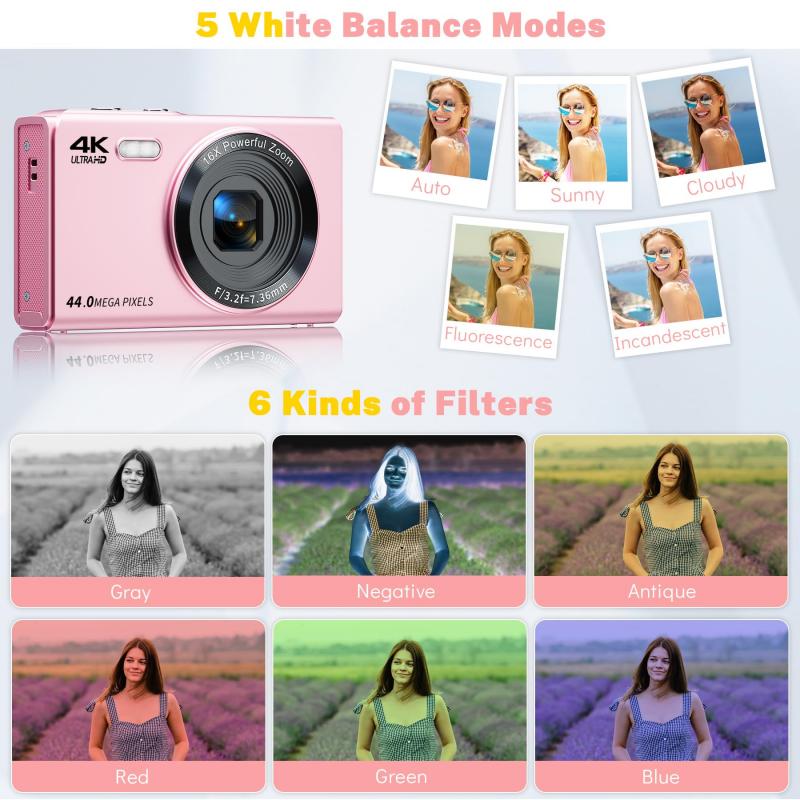
2、 Wide Aperture
To get a blurred background with a digital camera, one of the most effective techniques is to use a wide aperture. This means setting the camera to a low f-number, such as f/1.8 or f/2.8, which will create a shallow depth of field and blur the background while keeping the subject in focus.
To achieve this effect, it's important to use a lens with a wide maximum aperture, such as a prime lens or a zoom lens with a wide aperture setting. It's also important to position the subject in front of a background that is far enough away to create separation between the subject and the background.
In addition to using a wide aperture, there are other factors that can affect the amount of background blur in a photo. These include the distance between the subject and the camera, the distance between the subject and the background, and the focal length of the lens.
It's worth noting that while a wide aperture can create a beautiful blurred background effect, it's not always necessary or appropriate for every type of photo. In some cases, a deeper depth of field may be more desirable, such as when photographing landscapes or group portraits.
Overall, using a wide aperture is a great technique for creating a blurred background with a digital camera, but it's important to consider the context and purpose of the photo before deciding on the best approach.

3、 Telephoto Lens
To get a blurred background with a digital camera, you can use a telephoto lens. A telephoto lens has a longer focal length than a standard lens, which allows you to zoom in on your subject and create a shallow depth of field. This means that the area in front of and behind your subject will be out of focus, creating a blurred background.
To achieve this effect, you should use a wide aperture, such as f/2.8 or f/4. This will allow more light to enter the lens and create a shallower depth of field. You should also position your subject away from the background, as this will help to create more separation between the two and enhance the blur effect.
It's important to note that the amount of blur you can achieve will depend on the distance between your subject and the background, as well as the size of your camera's sensor. A larger sensor will allow for more blur, while a smaller sensor may not be able to achieve as much.
In addition to using a telephoto lens, you can also experiment with different angles and compositions to create a more interesting and dynamic image. For example, you could try shooting from a low angle or incorporating foreground elements to add depth to your image.
Overall, using a telephoto lens and wide aperture is a great way to create a blurred background with your digital camera. With some experimentation and practice, you can achieve stunning results and take your photography to the next level.

4、 Distance from Subject
How to get blurred background with digital camera? One of the most important factors in achieving a blurred background is the distance from the subject. The closer the subject is to the camera, the shallower the depth of field will be, resulting in a blurred background. This effect is more pronounced when using a larger aperture (smaller f-number).
However, it's important to note that the distance from the subject is not the only factor that affects the depth of field. Other factors include the focal length of the lens, the size of the camera sensor, and the distance between the subject and the background.
In recent years, there has been a trend towards using larger sensors and wider aperture lenses to achieve a shallower depth of field. This has led to the popularity of full-frame cameras and lenses with f/1.4 or f/1.8 apertures.
Another technique that can be used to achieve a blurred background is to use a longer focal length lens. Telephoto lenses have a narrower field of view, which can help to isolate the subject and blur the background.
In summary, to get a blurred background with a digital camera, it's important to consider the distance from the subject, the aperture of the lens, the size of the camera sensor, and the focal length of the lens. By experimenting with these factors, you can achieve a range of different effects and create stunning images with a shallow depth of field.












